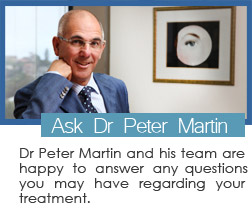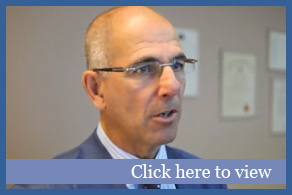
5 signs you may be developing cataracts
Cataracts – what are they?
Before delving into the different signs that could suggest the presence of a cataract, it’s important to first understand what they are. A cataract is a painless cloudy area that is present in the lens of the eye. Cataracts hinder sight because they block the amount of light passing to the retina, scattering the clarity of the image that would usually be registered by the brain.
What is the cause?
Recognised globally as the principal cause of blindness, cataracts can be found in the eyes of people of all ages. Most commonly present in patients over the age of 40, cataracts can be caused by a number of different factors:
- Age
- Injury
- Diabetes
- Sun exposure
- UV light exposure
- Radiation exposure
- Defects in the eye
- Medication
- Genetics
Generally speaking, cataracts may be present as a result of a mixture of the above causes. Not all cataracts cause blindness but it is always important you seek professional advice from an ophthalmologist such as Dr Martin so he can discern the particular type of cataract you may have. For more information on the 4 different kinds of cataracts, browse our treatment page here.
5 signs you may have cataracts
Are you worried you may have cataracts? There are a handful of tell-tail signs that may be able to help you discern the origins of your sight problems. It’s important to remember though that we advise you to seek professional attention for professional diagnosis. Early detection is essential! Contact Dr Martin on (02) 9369 1608 at Harley Place Day Surgery in Bondi Junction and book a consultation if you are experiencing any of the following symptoms:
1. Cloudy vision
Perhaps the most relevant sign, cloudy vision occurs when the lens of the eye has changed. During the first stages the cataract may only be small, but over time it can grow and become increasingly affective.
2. Discoloured lens
When cataracts are present, the lens of the eye will change from clear/white in appearance to hold a yellowish or brown tint. This will probably mean that your vision also has a bit of a brownish tint although you might not notice because the change takes time. As the cataract worsens, the tinting or fading of colours will likely increase which can cause difficulties with simple things such as reading and distinguishing one colour from another.
3. Glaring or haloed lights and poor night vision
When car headlights or street lamps seem to star-burst at night, you may be developing cataracts. Sometimes the light may seem too bright or cars may seem closer than they appear – it’s important to seek help and refrain from night-driving until you have spoken with a doctor about your concern if this is you.
4. Double vision or vision changes
Double vision in one eye is an early symptom that may lessen as the cataract grows. Also if you are updating prescription glasses or contacts regularly it could signify early development of cataracts.
5. A myopic shift
Is happens to patients who may have used reading glasses and didn’t have a problem with seeing objects that were at a distance. A myopic shift has occurred if the patient no longer needs reading glasses but now has trouble seeing things at a distance. Basically the patient becomes short-sighted (also known as nearsighted) which is a sign that the cataract has changed. This will only be temporary but the patient’s lens will become a lot cloudier soon after which can severely impact their ability to see.
Is it possible that you may have cataracts?
Here at Harley Place Day Surgery in Sydney’s Bondi Junction, Dr Peter Martin can help diagnose and treat your optical conditions. Dr Peter Martin is one of the leading ophthalmic surgeons in Australia with over 30 years of experience and knowledge that extends from general ophthalmology to the sub-specialty of oculoplastics. With the safety of the procedure and current technology, it is simple and safe to remove cataracts through surgery. Book a consultation with Dr Martin and find out how we can help restore your vision today.
- Tags: cataracts



